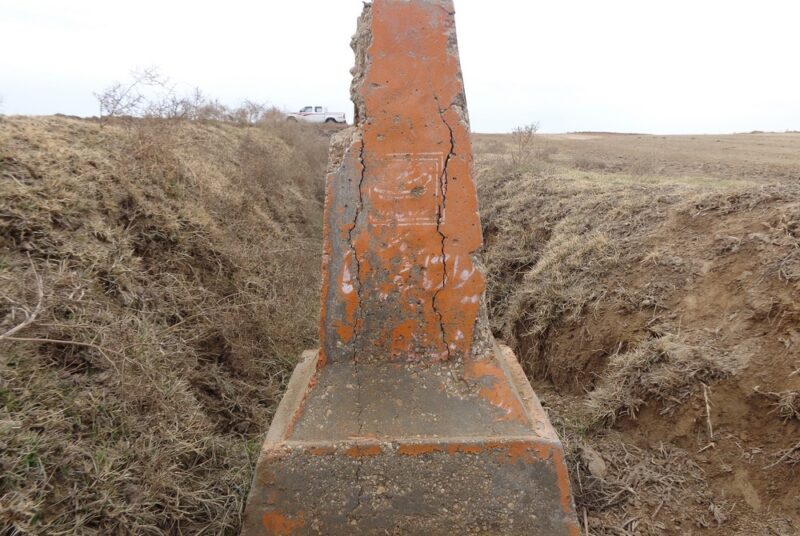The Great Wall of Gorgan, a strong fortress in northern Iran
Gorgan Great Wall, which is also known as Sekander Dam, Firouz Dam, Anoushirvan Dam, Qazal Alan (Red Snake) and… is a huge defensive wall in the north of Iran, which started from the Mazandaran Sea in Gamishan region and reached Glidagh mountains continue in the northeast of Kalala. The length of this wall is estimated to be about 200 km, and after the Chinese wall, it is the second longest defense wall in the world and the first brick wall in the world.
History:
The date of the construction of the Great Wall of Gorgan is not precisely known, but some historians believe that its construction began during the Sassanid period and by the order of the Sassanid king Anushirvan. Others believe that the construction of this wall began in the Parthian period and was completed in the Sassanid period.
Specifications:
The great wall of Gorgan is made of brick and clay and in some parts stone is also used. The height of the wall was about 10 meters and its width was about 5 meters. Along the wall, towers were built for observation and defense.
user:
The Great Wall of Gorgan was built to protect the northern borders of Iran against the invasion of invading tribes such as the Heptalians and the Khazars. This wall also played an important role in controlling trade and traffic in this area.
Importance:
The Great Wall of Gorgan is of great historical and cultural importance. This wall is a symbol of the power and greatness of Iran in the past and shows the skill and creativity of Iranians in building huge and defensive buildings.
current situation:
Unfortunately, a large part of the Great Wall of Gorgan has been destroyed throughout history. Currently, only small parts of this wall remain.


